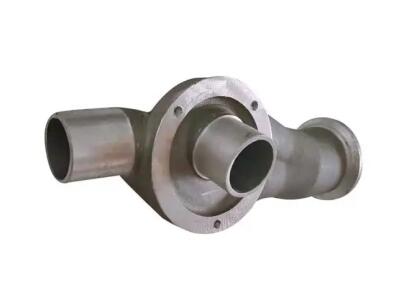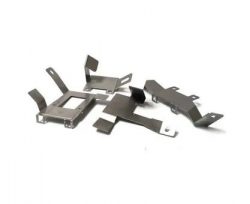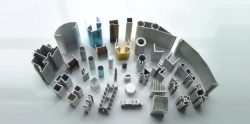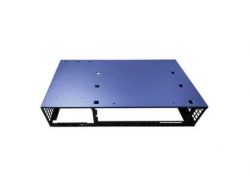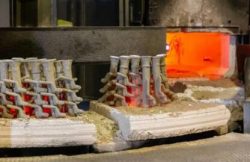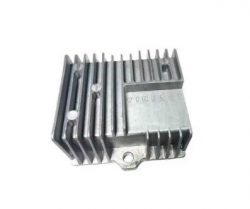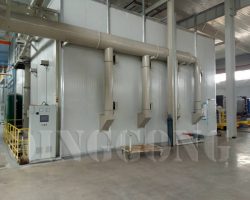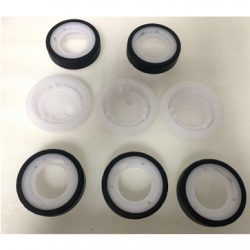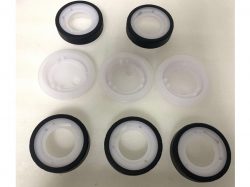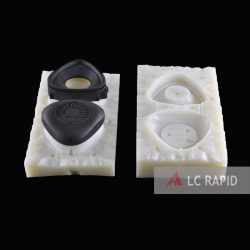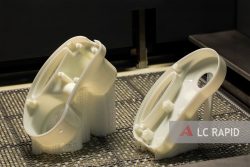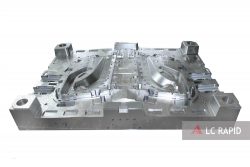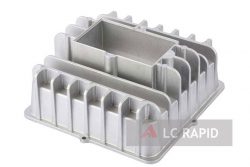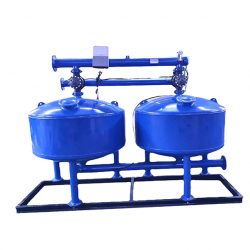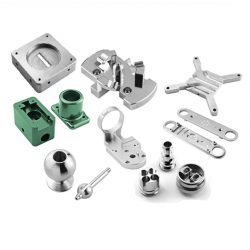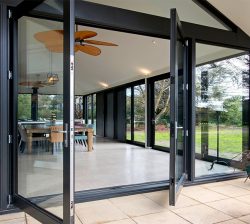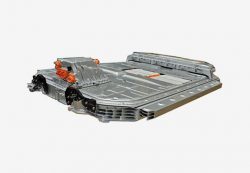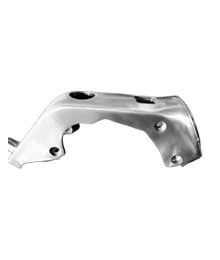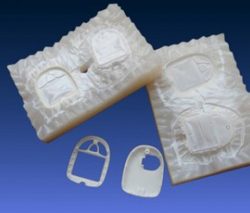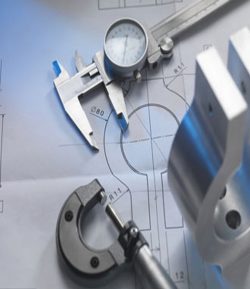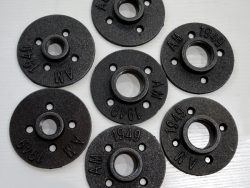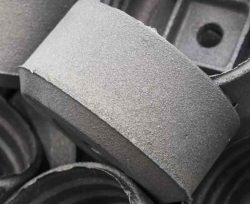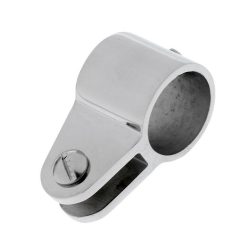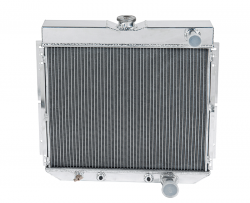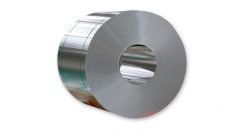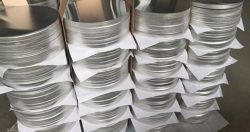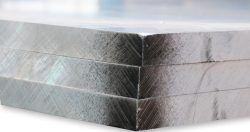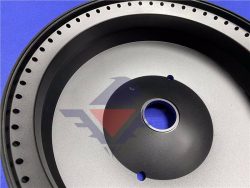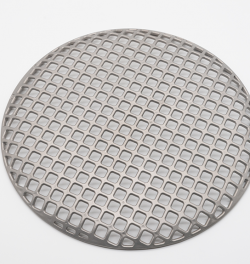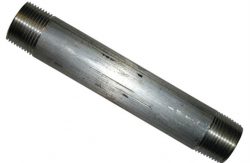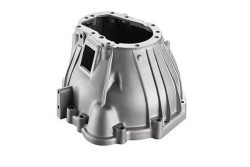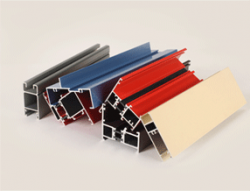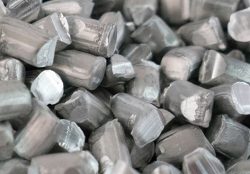Aluminum Sand Casting
Aluminum Sand Casting
Our aluminum sand casting delivers high-strength components with complex geometries, thin walls, and fine details. Ideal for prototypes or short-run production. Get a quote today.
Sand Casting Aluminum Types
Explore the versatility of sand casting aluminum grades at Fine Precision. From lightweight alloys to strong options, achieve precision and durability for diverse applications in various industries.
Aluminum Sand Casting Design Guidelines
Guideline
Description
Parting Line
Place parting line to facilitate mold separation.
Draft Angles
Include draft angles for easy part removal from the mold.
Fillets and Radii
Add fillets and radii to minimize stress concentration.
Wall Thickness
Maintain uniform wall thickness for even solidification.
Ribs and Bosses
Reinforce thin sections with ribs, add bosses for inserts.
Undercuts
Minimize undercuts to simplify mold creation and part removal.
Material Selection
Choose suitable material for mechanical properties and costs.
Surface Finish
Indicate desired surface finish for aesthetics and function.
Gates and Runners
Design proper gating and runner systems for efficient filling.
Cores and Cavities
Use cores for internal features, consider mold complexity.
Part Orientation
Optimize part orientation for minimum machining and defects.
Tolerances
Specify tolerances considering casting shrinkage.
Compare Material Properties of Aluminum Sand Casting
Property
Alloy 380
Alloy 383
Alloy 360
Alloy 413
Alloy 390
Tensile Strength (MPa)
324
303
221
275
290
Yield Strength (MPa)
193
186
159
138
165
Elongation (%)
3.5
3.5
3.5
3.5
3.5
Hardness (Brinell)
80
80
70
80
90
Density (g/cm³)
2.71
2.71
2.68
2.74
2.74
Thermal Conductivity (W/m·K)
96
96
96
96
96
Corrosion Resistance
Good
Good
Good
Good
Very Good
Machinability
Good
Good
Excellent
Fair
Good
Wear Resistance
Moderate
Moderate
Moderate
Good
Very Good
Castability
Excellent
Excellent
Excellent
Good
Excellent
Application
General
High Pressure
Electrical
Engine
Wear-Resistant
